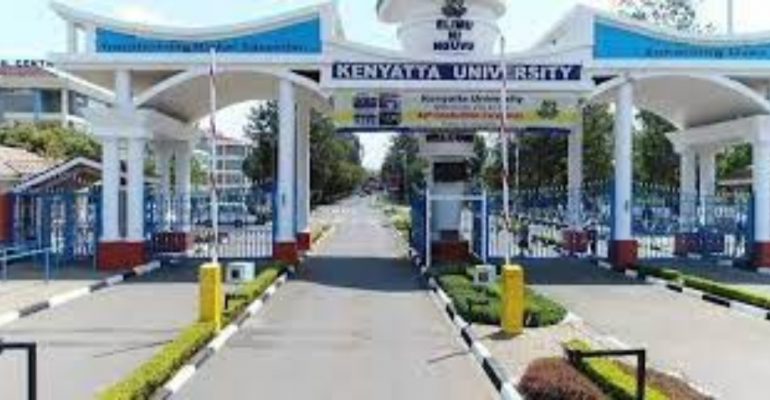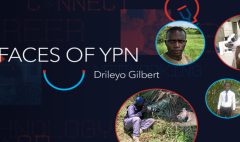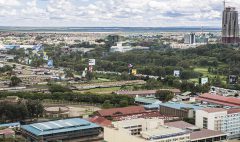A pillar of research!
October 17, 2022 2022-10-18 6:23A pillar of research!
A pillar of research!
Kenyatta University one of the top public universities in Kenya. The University has a population of approximately 30,000 students and more than 5000 academic and support staff distributed across its 13 campuses distributed across the Eastern Africa region. The University embraced use of GIS in teaching and Research in 2012 and has successfully become a GIS lighthouse within the Eastern Africa region.
Enhancing the campus experience
To help the university management and administrators, the University has used the Esri ArcGIS online Platform to map utilities and show directions to various locations with the vast university grounds.
Esri 100 African University and Kenyatta University
Thanks to the Esri 100 African Universities programme which is a 10- million dollars initiative launched by Esri to support and enhance the study of Geographic Information System (GIS) among students in 100 African Universities, Kenyatta University received an Education Site License in May 2013 entitling it to unlimited access to Esri technology. Prior to this the university only had a 31-license Educational Teaching and Research Lab Pak and 4 Educational Teaching and Research Lab Kits. The support enables the universities to integrate GIS into their functions and tuition in most departments to enhance teaching and learning. The initiative is made possible by an Esri Site License. The site license provides the university with unlimited access to Esri Desktop, Mobile, Server, Online and Developer technology as well as access to ENVI Remote Sensing software, Trimble GPS’, Esri Press Books, training and education, and technical support. One of the recipients and a shining torch of the Esri Site License is Kenyatta University
From Paper to Empowerment
Prior to the implementation of the site license there was very limited use of GIS in research by students and faculty and hardly were maps featured in academic project reports. Though GIS featured prominently in many of the degree program curriculums’, much of it was taught theoretically with very limited hands-on training. Thus, majority of the students graduated without demonstrable skills in GIS putting them at a great disadvantage in the job market. Overall, there was a dearth of competent ArcGIS users across the university and only 15 computers in the entire university had ArcGIS software installed on them.
Exceeding Expectation
Implementation of the site license has totally turned around the situation and the profile of GIS has risen and gained support the university management. Availability and accessibility of ArcGIS software has grown markedly with the number of users growing from 15 computers to 548 computers spread in computers labs across the university including the main library and on student laptops. Teaching of and with GIS has grown from the initial two departments (Geography and Environmental Planning and Management) to Engineering, ICT, Agriculture, Public Health, Hospitality & Tourism, Environmental Studies & Community Development, and Recreation Management & Exercise Science. The university is now a regional and sub-Saharan education site license reference account providing a real case study on how to successfully implement a site license.
Find out how GIS is expanding education and career opportunities







